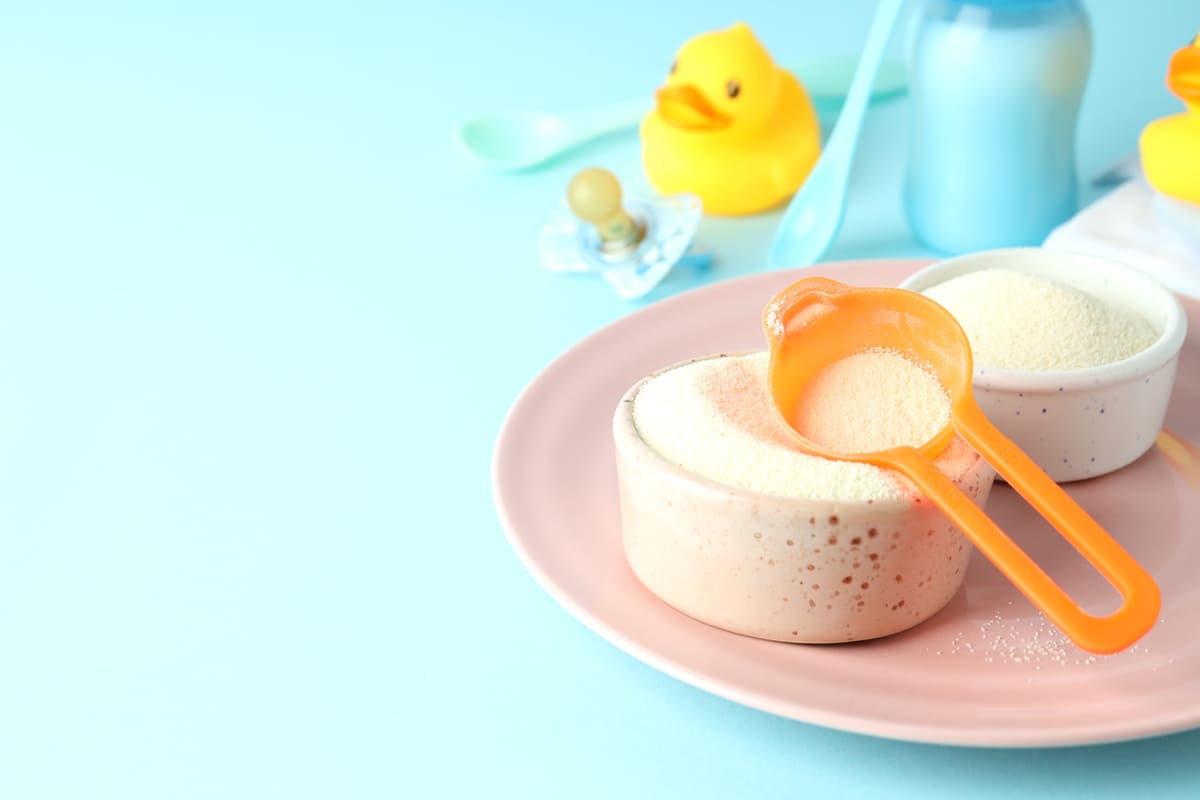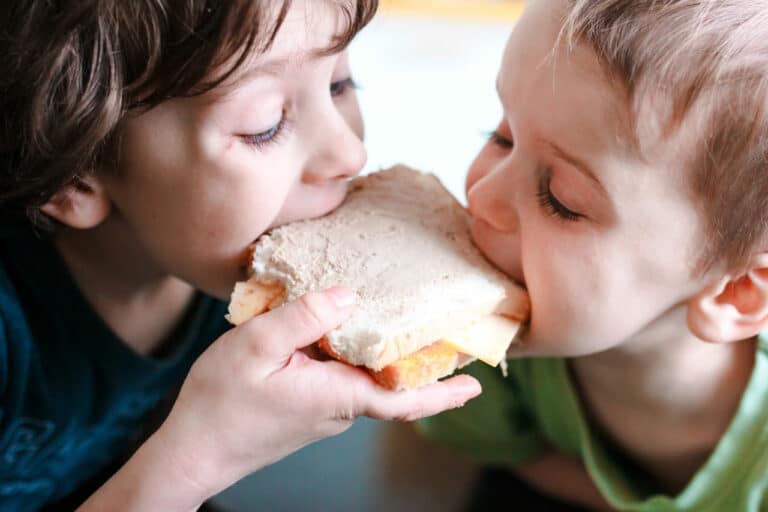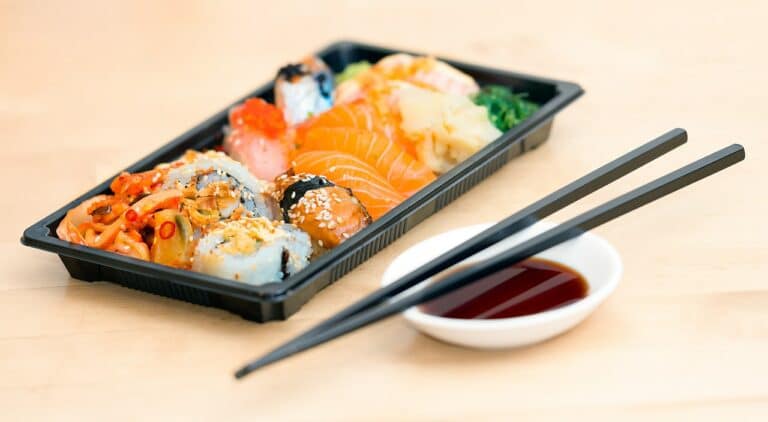As a parent, you want to provide your baby with the best possible start in life. One way to do that is by ensuring they have a healthy and balanced diet. Proper nutrition is crucial for your baby’s growth and development, and starting early can set the stage for healthy eating habits later in life. In this post, we’ll explore the world of baby food, including the weaning process, homemade baby food, organic baby food, purees vs. baby-led weaning, and easy finger food ideas.
Homemade Baby Food:
Making your own baby food can be a great way to ensure your little one is getting fresh, nutritious meals. Not only does it allow you to control what goes into their food, but it can also be more cost-effective than buying pre-packaged baby food. To get started, you’ll need some basic equipment, including a blender or food processor, ice cube trays or storage containers, and a steamer or boiling pot.
When it comes to ingredients, there are plenty of healthy options to choose from, including fruits, vegetables, grains, and proteins. It’s important to introduce new foods gradually, and to make sure your baby is getting a good variety of nutrients. Here are a few recipes to get you started:
Sweet potato and apple puree: steam sweet potato and apple until soft, blend together until smooth, and freeze in ice cube trays.
Carrot and lentil mash: boil lentils and carrots until soft, blend together until smooth, and store in storage containers.
Avocado and banana mash: mash together avocado and banana until smooth, and store in storage containers.
Organic Baby Food:
Choosing organic baby food can provide additional benefits, as it is free from pesticides and other harmful chemicals that may be present in conventionally grown produce. Look for a certified organic baby food brand like Serenity Kids that offer a wide variety of pouches, including meat baby food, or consider making your own using organic ingredients. It’s important to read labels and do your research to ensure you’re getting the best quality food for your baby.
Purees vs. Baby-Led Weaning:
Purees and baby-led weaning are two popular methods for introducing solids to your baby. Purees involve blending or mashing food into a smooth consistency, while baby-led weaning involves offering small, soft pieces of food for your baby to explore and self-feed. Both methods have their pros and cons, and it’s important to find what works best for your baby and your family.
Finger Foods:
Once your baby is comfortable with purees or small pieces of food, you can start introducing finger foods. Finger foods are a great way to encourage self-feeding and promote independence, while also providing a variety of textures and nutrients. Here are some easy and nutritious finger food ideas:
- Soft fruits and vegetables, such as ripe bananas or steamed carrots
- Small pieces of cooked pasta or rice
- Cheese cubes or slices
- Toast or crackers with hummus or avocado spread
Conclusion:
Introducing solids to your baby can be an exciting and rewarding journey, but it can also be overwhelming. Remember to take it one step at a time, and to listen to your baby’s cues and preferences. Whether you choose homemade, organic, purees, or baby-led weaning, the most important thing is to provide your baby with a healthy and balanced diet. We hope these tips and ideas have been helpful.











